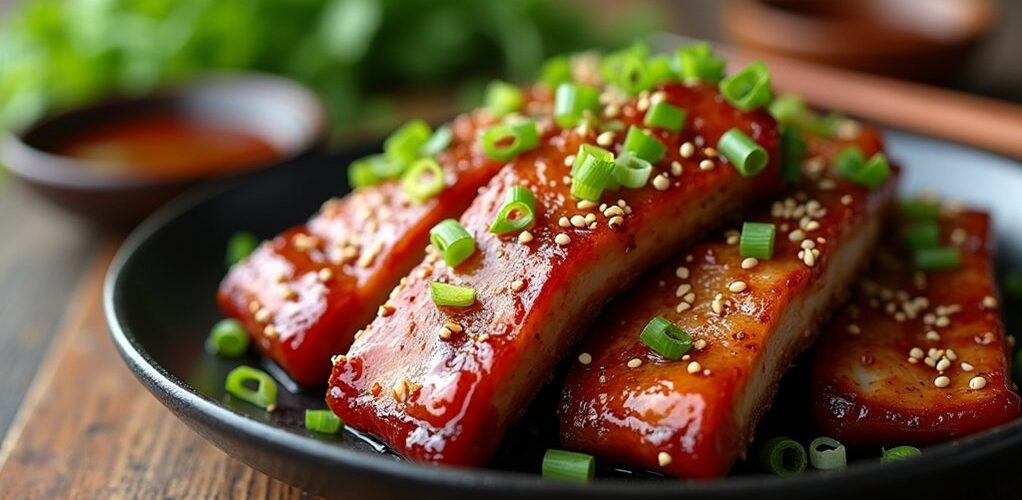
Traditional Chinese spare ribs typically contain significant carbohydrates due to their sugar-rich marinades and sticky coatings. A single serving can include 25-30 grams of carbs from ingredients like hoisin sauce, honey, and conventional soy sauce. However, low-carb versions can be created using sugar alternatives, tamari, and strategic cooking methods while maintaining authentic flavors. Understanding ingredient substitutions and proper cooking techniques reveals multiple ways to enjoy this classic dish within a low-carb lifestyle.
Key Takeaways
- Traditional Chinese spare ribs are not low-carb, containing 25-30 grams of carbohydrates per serving due to sugar-rich marinades.
- Hoisin sauce, a key ingredient in Chinese spare ribs, contains approximately 8 grams of sugar per tablespoon.
- Low-carb versions can be created using sugar alternatives like erythritol or monk fruit, and tamari instead of regular soy sauce.
- The sticky coating on Chinese spare ribs typically comes from high-sugar ingredients that make them unsuitable for keto diets.
- Portion control of 2-3 ribs per serving and proper ingredient substitutions can make Chinese spare ribs more low-carb friendly.
Understanding Traditional Chinese Spare Ribs
While Chinese spare ribs are beloved for their rich, complex flavors, the traditional preparation method typically involves ingredients that make them less suitable for low-carb diets.
The classic marinade combines sweet and savory elements, including hoisin sauce, soy sauce, and honey, which can greatly increase the carbohydrate content of the dish. A single serving of these ribs can contain between 25-30 grams of carbohydrates from the marinade alone.
The preparation process further enhances the flavor profile through additional ingredients like rice vinegar and sesame oil, contributing to the overall carb count.
For those monitoring their carbohydrate intake, it's vital to understand that the sticky, sweet coating that makes these ribs so appealing is also what makes them challenging for low-carb dietary requirements. Understanding the macronutrient balance is crucial for anyone attempting to modify the recipe for a ketogenic diet, ensuring that the carbs are kept to a minimum while still preserving flavor.
The Carbohydrate Challenge in Asian Marinades
Traditional Asian marinades for spare ribs present a significant challenge for those following low-carb diets, as they often rely heavily on sugar-rich ingredients like hoisin sauce and honey. The sugar content in these marinades can be surprising, with common Asian sauces containing hidden carbohydrates that quickly add up in a single serving of ribs. Fortunately, modern cooking adaptations allow for modified marinades using sugar alternatives and reduced-carb ingredients that maintain the authentic Asian flavors while keeping carbohydrate counts manageable. For those on a ketogenic diet, incorporating keto-friendly sweeteners like stevia or erythritol into these marinades can help reduce carbohydrate intake while maintaining flavor.
Traditional Vs Modified Marinades
Understanding the stark contrast between traditional and modified Chinese spare rib marinades reveals a considerable carbohydrate challenge for health-conscious diners.
Traditional recipes typically incorporate high-sugar ingredients like hoisin sauce, honey, and ketchup, which greatly increase the carbohydrate content of the finished dish.
However, modern adaptations offer viable alternatives for those following low-carb dietary protocols.
By substituting conventional soy sauce with tamari or coconut aminos, and replacing sugar-laden ingredients with sugar-free alternatives, cooks can considerably reduce carbohydrate content while maintaining flavor profiles.
The strategic use of naturally low-carb ingredients such as rice vinegar, fresh ginger, and garlic provides depth and complexity to modified marinades.
These thoughtful adjustments allow health-conscious individuals to enjoy the classic taste of Chinese spare ribs without compromising their dietary goals.
Sugar Hidden In Sauces
Many health-conscious diners remain unaware of the substantial sugar content lurking within popular Asian sauces used in Chinese spare rib marinades. The sugar hidden in sauces poses a considerable challenge for those following low-carb diets, with hoisin sauce containing up to 8 grams of sugar per tablespoon.
Even products marketed as low-sugar alternatives can contain unexpected carbohydrates, making careful label reading essential.
While tamari and coconut aminos offer reduced-sugar options, they still contribute to overall carbohydrate intake.
For those seeking authentic Asian flavors while maintaining a low-carb lifestyle, sugar substitutes like yacon syrup or sugar-free maple syrup can effectively replace traditional sweeteners in marinades, delivering similar taste profiles with considerably fewer carbohydrates.
Breaking Down the Nutritional Profile
The carbohydrate content in Chinese spare ribs presents a complex nutritional equation for health-conscious diners. Traditional preparations can contain between 20-30 grams of carbohydrates per serving, primarily due to sugar-laden sauces like hoisin and conventional soy sauce. For those following low-carb dietary protocols, these numbers can be problematic. However, the nutritional profile can be greatly modified through ingredient substitutions and recipe adjustments. Using alternatives such as tamari or coconut aminos in place of traditional sauces can dramatically reduce carbohydrate content. Additionally, replacing conventional sweeteners with sugar-free options can lower the carb count to just 1-4 grams per serving. Be cautious of hidden added sugars in sauces and dressings, as they can easily disrupt ketosis. This flexibility in preparation methods means that Chinese spare ribs can be adapted to fit various dietary requirements while maintaining their signature flavor profile.
Low-Carb Alternatives for Classic Ingredients
Smart substitutions form the foundation of transforming traditional Chinese spare ribs into a low-carb friendly dish. Several low-carb alternatives can effectively replace high-carb ingredients while maintaining an authentic flavor profile. Sugar-free sweeteners like erythritol or monk fruit provide sweetness without the carbohydrate load of traditional sugar, while tamari sauce or coconut aminos offer excellent substitutes for conventional soy sauce. For achieving the characteristic sticky texture, xanthan gum serves as an effective thickener instead of cornstarch or flour. Fresh ingredients like ginger and garlic not only enhance the dish's natural flavors but also eliminate hidden carbs found in pre-made sauces. These strategic ingredient swaps allow home cooks to create delicious Chinese spare ribs that align with low-carb dietary requirements. Being mindful of net carbohydrates is essential for maintaining a low-carb lifestyle and ensuring that dishes are keto-friendly.
Cooking Methods That Maintain Flavor
Mastering effective cooking methods proves crucial for creating flavorful low-carb Chinese spare ribs that rival their traditional counterparts. The combination of boiling and stir-frying preserves tenderness while maintaining authentic taste, and high-heat searing followed by simmering develops complex flavors through caramelization. While enjoying these delicious meals, it's important to note that steady blood sugar levels can be maintained by focusing on low-carb ingredients and cooking methods.
| Cooking Step | Method | Benefit |
|---|---|---|
| Initial Prep | Searing | Enhances flavor complexity |
| Base Cooking | Boiling/Simmering | Tenderizes meat |
| Enhancement | Aromatic infusion | Adds depth with spices |
| Finishing | Broiling | Creates crispy texture |
Using gluten-free alternatives like tamari or coconut aminos maintains traditional flavors while keeping carbohydrates low. The addition of aromatics such as ginger and star anise during cooking guarantees Chinese spareribs remain satisfying, while a final broiling step creates an appealing crispy exterior without adding carbs.
Essential Seasonings and Spice Modifications
Successful preparation of low-carb Chinese spare ribs depends heavily on selecting the right combination of seasonings and making smart substitutions for traditional high-carb ingredients. Key modifications include replacing hoisin sauce with sugar-free alternatives or tamari sauce, which markedly reduces the carbohydrate content while maintaining the desired flavor profile. For effective seasoning of spare ribs, incorporating ginger and garlic provides robust taste without adding substantial carbs. Coconut aminos serve as an excellent low-carb substitute for traditional soy sauce, delivering the essential umami flavor while keeping carbohydrates in check. Adding heat through Szechuan peppercorns or hot red peppers can enhance the overall taste experience without compromising carb restrictions, making these spices valuable additions to any low-carb Chinese spare rib recipe. A key benefit of the keto diet is its promotion of whole, unprocessed foods, which can enhance the nutritional profile of any meal, including Chinese spare ribs.
Making the Perfect Keto-Friendly Sauce
While traditional Chinese spare rib sauces often rely on sugar-laden ingredients, creating a keto-friendly version requires careful selection of low-carb alternatives that maintain the signature sweet and savory balance.
The foundation of a successful keto BBQ sauce begins with tamari sauce, which offers the same umami depth as soy sauce without the gluten or excess carbs. For sweetness, sugar-free alternatives like yacon syrup or sugar-free maple syrup provide the desired taste while keeping carbohydrates low.
Rice vinegar adds essential acidity, while aromatic elements such as minced ginger, garlic, star anise, and Szechuan peppercorns contribute complex flavors without compromising the sauce's low-carb profile.
These thoughtful substitutions result in a flavorful sauce that satisfies both taste and dietary requirements. When on a keto diet, it's important to select allowed dairy options such as hard cheeses or plain Greek yogurt to ensure your meal remains low in carbs while providing satiety and nutritional benefits.
Tips for Achieving Authentic Texture
The authentic texture of Chinese spare ribs requires more than just the right sauce – it demands precise cooking techniques and timing.
When exploring ribs recipes, make certain to follow these essential steps to achieve the perfect balance of tenderness and bite.
- Marinate the ribs for at least 2 hours, preferably overnight, allowing flavors to fully penetrate.
- Begin with low and slow cooking to break down connective tissues.
- Apply high heat through broiling or grilling for exterior crispiness.
- Finish with a quick pan sear for caramelization.
The combination of these techniques creates the characteristic texture that distinguishes authentic Chinese spare ribs.
The initial slow cooking ensures tenderness, while the final high-heat methods develop that coveted sticky exterior and caramelized finish, delivering the perfect contrast between crispy surface and succulent interior.
Meal Planning and Portion Control
Proper meal planning and portion control greatly influence how Chinese spare ribs fit into a low-carb lifestyle. When incorporating these flavorful ribs into a weekly menu, careful attention to serving sizes guarantees carbohydrate intake remains within desired limits, typically 1-4 grams per portion. Strategic meal planning allows for the integration of keto-friendly side dishes and appropriate portion sizes. Incorporating foods like low-carb vegetables such as spinach or broccoli can enhance nutrient intake while maintaining ketosis.
| Strategy | Implementation |
|---|---|
| Portion Size | 2-3 ribs per serving |
| Side Dishes | Cauliflower rice, steamed vegetables |
| Sauce Control | Measure sugar-free alternatives |
| Weekly Planning | Schedule rib meals 1-2 times weekly |
Successful low-carb dining with Chinese spare ribs requires balancing portion sizes with complementary dishes while utilizing sugar-free alternatives and monitoring overall carbohydrate intake through careful meal planning.
Best Side Dish Pairings for Low-Carb Meals
Selecting appropriate side dishes greatly enhances the enjoyment and nutritional balance of Chinese spare ribs in a low-carb meal plan.
When choosing companions for these savory ribs, especially those with bbq sauce, consider options that maintain the low-carb profile while adding complementary flavors and textures.
Several excellent low-carb side dishes pair perfectly with Chinese spare ribs:
- Steamed broccoli or cauliflower rice for a light, fiber-rich accompaniment
- Fresh garden salad with avocado and low-carb vinaigrette
- Creamy cauliflower mash as a satisfying potato alternative
- Roasted asparagus or crispy radishes for added crunch and color
These thoughtfully chosen side dishes not only complete the meal but also help maintain ketosis while providing essential nutrients and dietary fiber, making the entire dining experience both satisfying and health-conscious. Including healthy oils like olive oil in your salad dressing not only enhances flavor but also provides beneficial monounsaturated fats important for heart health.
Storage and Reheating Guidelines
Proper storage of Chinese spare ribs requires placing them in an airtight container in the refrigerator, where they can maintain their quality for up to 5 days.
For extended storage periods, ribs can be frozen for up to 3 months when properly wrapped to prevent freezer burn and preserve their taste.
When reheating, using either an oven at 350°F for 15-20 minutes or an air fryer at 375°F for 8 minutes will restore the ribs' warmth and texture, ensuring they reach a safe internal temperature of 165°F.
Proper Refrigeration Methods
The safe storage and reheating of Chinese spare ribs requires careful attention to maintain both food safety and ideal flavor.
Proper refrigeration methods involve allowing the cooked ribs to cool to room temperature before storage, preventing unwanted moisture buildup that can affect texture and taste.
To store cooked Chinese spare ribs effectively, use airtight containers and follow these essential guidelines:
- Place cooled ribs in sealed containers within two hours of cooking
- Store in refrigerator at or below 40°F (4°C)
- Keep for up to 5 days maximum
- Label containers with storage date for tracking
For extended preservation, freezing offers a viable option, with ribs remaining safe for consumption up to three months when properly wrapped and stored in freezer-safe containers.
Always thaw frozen ribs in the refrigerator before reheating to guarantee food safety.
Quick Reheating Best Practices
Successful reheating of Chinese spare ribs requires careful attention to temperature, timing, and moisture retention to maintain their original flavor and texture.
For best results, reheat ribs in a 350°F oven for 15-20 minutes, covered with foil to preserve moisture. Alternative methods include using a microwave on medium power with frequent monitoring or an air fryer set to 350°F for 5-7 minutes to achieve a crispy exterior.
Before reheating, verify proper storage practices are followed. Store leftover ribs in an airtight container in the refrigerator for up to 5 days.
For extended preservation, wrap ribs thoroughly and freeze them, where they can maintain quality for up to 3 months. These storage guidelines help preserve the ribs' taste and texture until they're ready to be reheated and enjoyed again.
Frequently Asked Questions
Are Chinese Spareribs Low Carb?
Traditional Chinese spareribs' nutrition varies based on preparation. Carb content typically ranges from high (10-20g) with sweet marinades to low (1-4g) when made with sugar-free alternatives and minimal sauce.
What Is the Lowest Carb Chinese Takeaway?
Steamed vegetables with grilled meat, clear broths, and protein-focused dishes without sugary sauces represent the lowest carb Chinese takeaway options. Carb counting and healthy alternatives focus on minimizing starchy ingredients.
Can You Eat Ribs on a Low Carb Diet?
Ribs are excellent low carb meat options when prepared without sugary sauces or marinades. Plain pork ribs contain minimal carbohydrates, making them suitable for low carb dietary plans.
How Many Carbs Are in Chinese Spare Ribs?
Traditional Chinese spare ribs contain 10-20 grams of carbs per serving according to standard nutrition facts. The carb content varies based on preparation methods and sauce ingredients used in the recipe.
Conclusion
Traditional Chinese spare ribs can be adapted for low-carb diets through thoughtful ingredient substitutions and cooking methods. By replacing sugar-heavy marinades with natural alternatives, monitoring portion sizes, and pairing with low-carb sides, these beloved ribs can fit into a carb-conscious lifestyle. While authenticity remains important, modern cooking techniques and ingredient adaptations allow health-conscious diners to enjoy this classic dish without compromising their dietary goals.
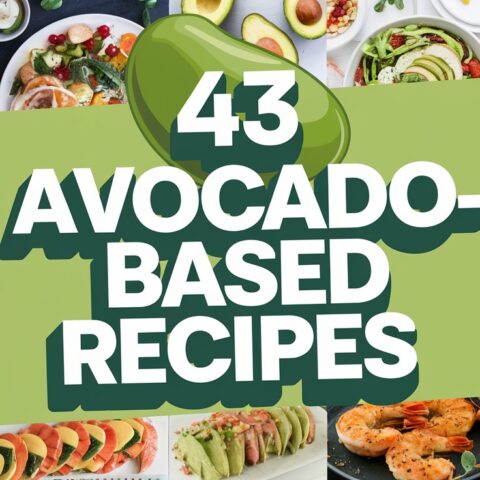
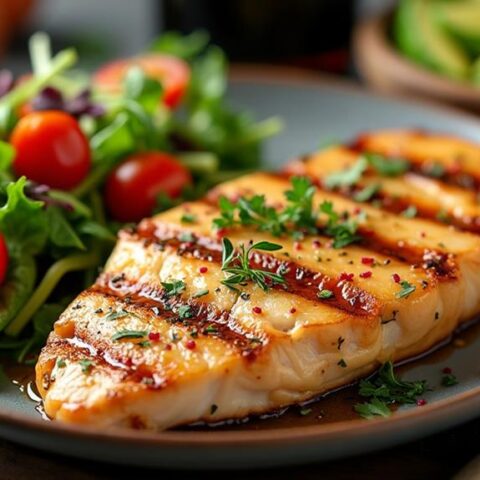
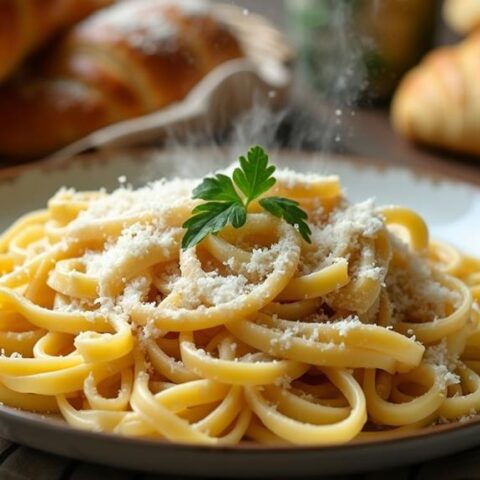
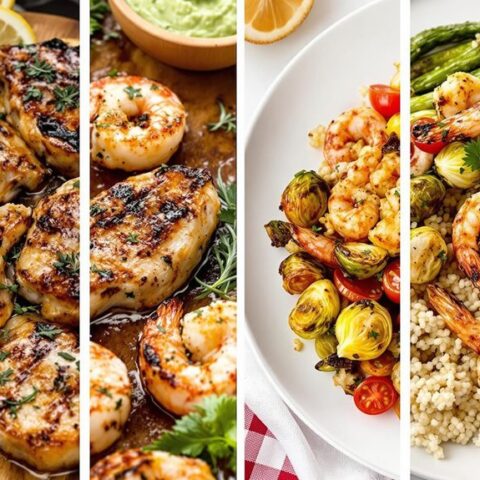
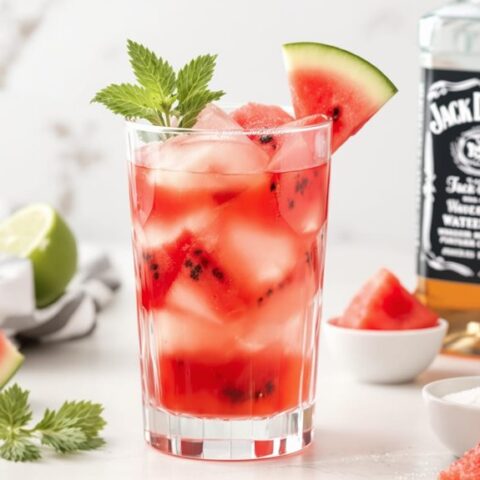
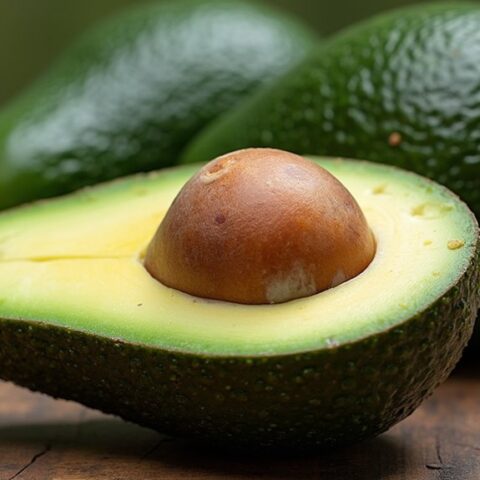
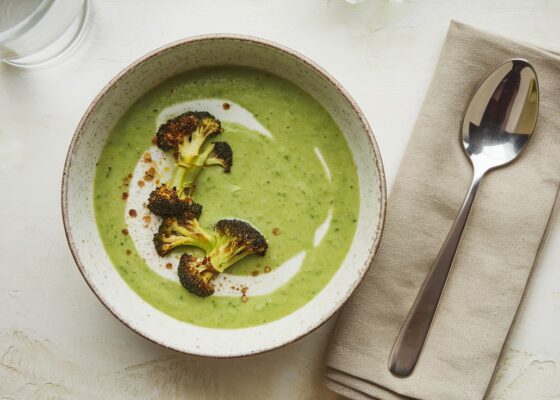
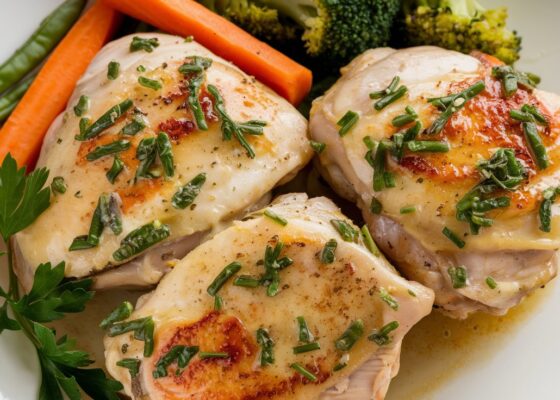
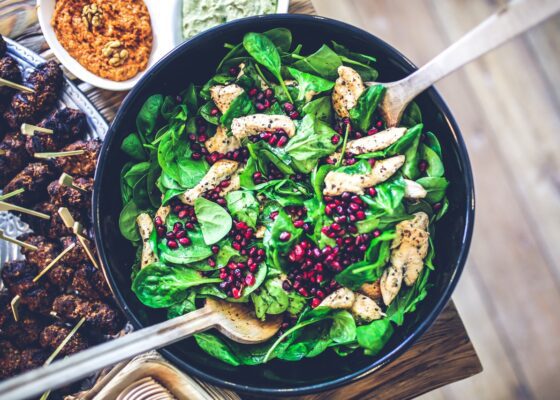
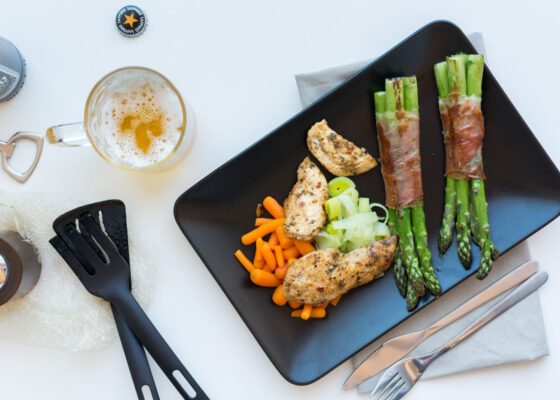
No Comments